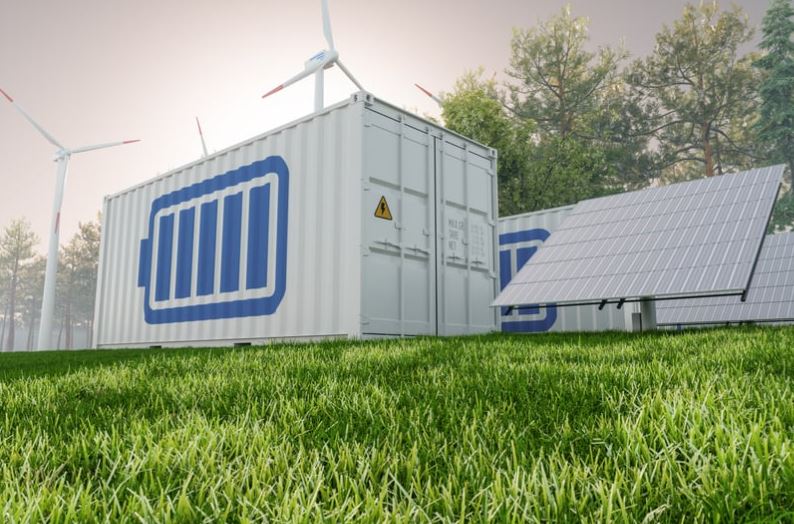The enthalpic reaction limits of Li-ion battery chemistries highlight a critical intersection of battery system design and failure management within various operational frameworks.
With the proliferation of Li-ion batteries in sectors ranging from electric vehicles to power electronics, understanding failure energetics becomes imperative. These batteries, despite their high energy density, are susceptible to catastrophic failure, which underscores the necessity for a comprehensive analysis of the factors leading to potential hazard scenarios.
Statistically, incidences of battery failure, while still relatively rare, pose significant risks. Dense packaging environments, such as those in electric vehicle battery packs, heighten the potential for cascading failures once a single cell experiences thermal runaway. Conventional measures often overlook the dynamic interplay of battery chemistry, cell architecture, and environmental influences—parameters that dictate the severity of failure outcomes due to variations in enthalpy and reaction kinetics under stress.
At the heart of the investigation conducted by Faulkner and Tatarchuk is the systematic calculation of failure energetics across different chemistries, namely lithium iron phosphate (LFP), nickel manganese cobalt (NMC), and lithium cobalt oxide/NMC (LCO/NMC). This research does not just theorize failure scenarios; it quantifies them. For instance, the study reveals calculated RFE/EE values for a LFP cell in closed and open failures at 1.10 and 21.76 respectively. The open-system RFE/EE for NMC and LCO/NMC cells stand at 13.85 and 10.21, aligning closely with observed experimental results.
Such detailed failures analysis distinguishes between closed and open environments—each introducing different co-reactant dynamics, particularly the role of oxygen. Open failure scenarios typically exhibit elevated energetic events due to the presence of oxygen, which acts as a catalyst for combustion. This reinforces the criticality of inert environments, especially for chemistries deemed safer, such as LFP, whose safety margin can swiftly decline under unfavorable conditions.
Further complicating the failure landscape is the lack of empirical data on mid-format cylindrical cells. Historical experiments have focused predominantly on smaller or prismatic cell designs. Faulkner and Tatarchuk bridge this literature gap by extrapolating data from low-capacity cylindrical cells to predict potential outcomes for mid-format counterparts, providing a crucial roadmap for stakeholders in the energy sector.
An evolving consideration is the impact of venting pressures and thermal management on the mitigation of failure spread. The study argues for a deeper integration of thermal management systems capable of isolating single-cell failures to prevent propagation. Future trends suggest a shift towards hybrid chemistries and robust enclosure designs to tackle the complex thermal and chemical interactions at play during a failure incident.
As the industry gravitates towards more sophisticated battery architectures with larger capacities, the enthalpic reaction frameworks developed here provide a foundational perspective on safety protocols. By correlating chemistry-specific behaviors and reaction kinetics under a spectrum of environmental conditions, this approach paves the way for more resilient battery packs.
Stay updated on the latest in energy! Follow us on LinkedIn, Facebook, and X for real-time news and insights. Don’t miss out on exclusive interviews and webinars—subscribe to our YouTube channel today! Join our community and be part of the conversation shaping the future of energy.





